
This logo isn't an ad or affiliate link. It's an organization that shares in our mission, and empowered the authors to share their insights in Byte form.
Rumie vets Bytes for compliance with our
Standards.
The organization is responsible for the completeness and reliability of the content.
Learn more
about how Rumie works with partners.
Writing a paper in history, literature, philosophy, or the arts? Want to make your paper look fancy with footnotes? Or are you just required to use Chicago style citations because your teacher said so?
Whatever the reason may be, you have to cite in Chicago style. So, let's make sure you cite it right!
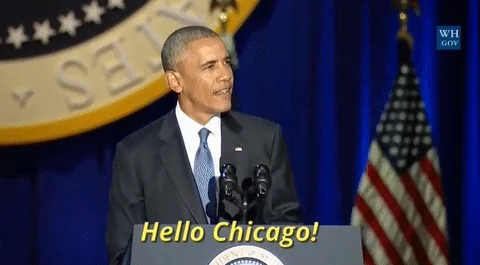
What info do you need?

To cite in Chicago style, you may need to know...
Author
Title of source
Publication month/year
Publisher
City of publication
Date of access
Page numbers
URL or name of database
I have the info! How do I cite?
When it comes to Chicago style citations, you have to figure out which system you're using.
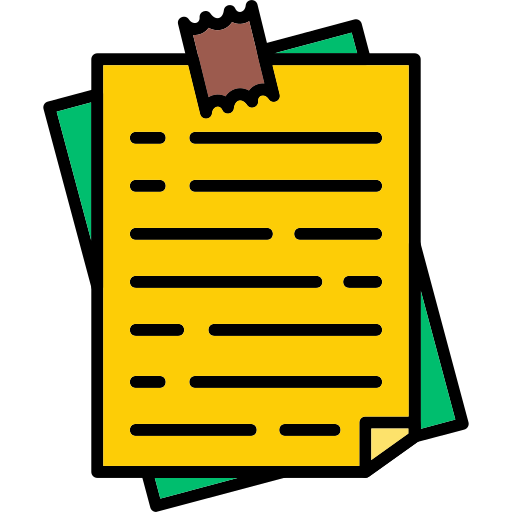
Notes & bibliography system
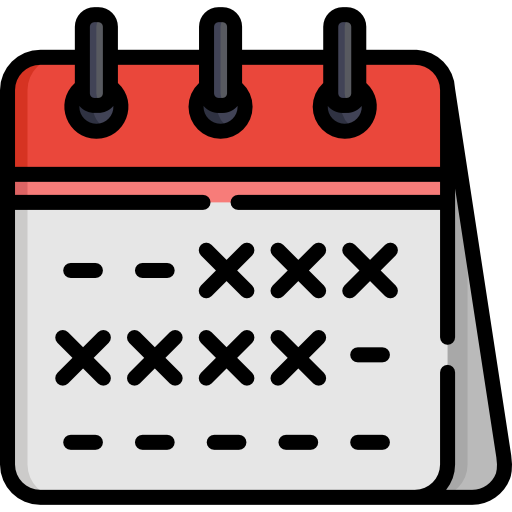
Author-date system
Typically, you'll be told which system to use. If you're unsure, ask!
Why does it matter?
If you use the wrong system, even if everything is cited correctly, your paper could be rejected or get a lower grade, as both systems use different formats.
Notes & bibliography system
In this system — commonly used in literature, history, and the arts — you have to include a bibliography and notes (i.e footnotes or endnotes) to cite your sources.
 Photo by Thought Catalog on Unsplash
Photo by Thought Catalog on UnsplashHow do you cite your sources?
Here's a video that gives an overview of Chicago style citations in the notes & bibliography system:
In this system, you should know there is a difference between how you cite in the notes and the bibliography.
Citing in the notes
Here, you'll be adding footnotes or endnotes to provide more information or citations related to the text. If you've ever seen a small number after a period, that means someone added a footnote or endnote.
What's the difference between footnotes and endnotes?
Footnotes appear at the bottom of the same page as the text.
Endnotes are different from the bibliography, which simply list the sources.
Footnotes and endnotes should not be used together on the same paper.
Endnotes put all the notes, in order of appearance, at the end of the document.
Here's an example:
5. Joanne K. Rowling, Harry Potter and the Deathly Hallows (London: Bloomsbury, 2007), 687.
Let's say you want to use the same source twice...then what?
Instead of writing the same source twice, you can use the shorthand way. Which just includes the author's last name, title of the book, and page number.
Instead of writing:
5. Joanne K. Rowling, Harry Potter and the Deathly Hallows (London: Bloomsbury, 2007), 687.
6. Joanne K. Rowling, Harry Potter and the Deathly Hallows (London: Bloomsbury, 2007), 304.
Write:
5. Joanne K. Rowling, Harry Potter and the Deathly Hallows (London: Bloomsbury, 2007), 687.
Rowling, Harry Potter and the Deathly Hallows, 304.
What about citing in the bibliography?
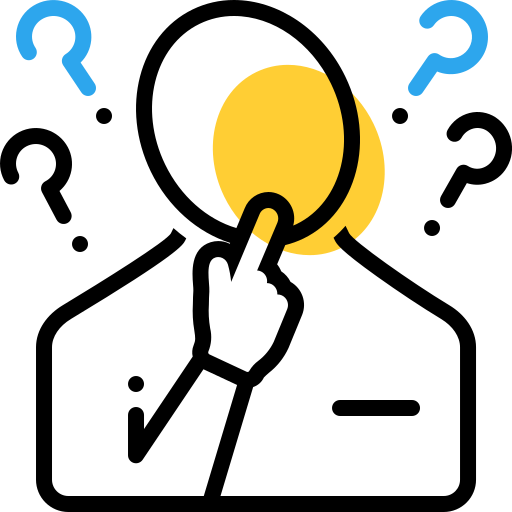
Overall, it's similar to notes, but there are a few key differences.
Numbers: For footnotes and endnotes, you need to number the reference in the text and the note.
Punctuation: Periods, commas, parentheses, capitalization — YES THEY MATTER!
Author's name: For notes, you'll do first, middle, then last. In the bibliography, it's last, first, then middle.
Indents: In the bibliography, you have to indent if you go to the next line.
Page numbers: Typically reference them in the notes.
Organization: Bibliographies are arranged in alphabetical order by the author's last name.
Can you notice any differences between this source cited in the notes and the bibliography?
5. Joanne K. Rowling, Harry Potter and the Deathly Hallows (London: Bloomsbury, 2007), 687.
Rowling, Joanne K. Harry Potter and the Deathly Hallows. London: Bloomsbury, 2007.
Quiz
How many differences are there between the two Harry Potter citations?
There are four differences. In the notes, the citation starts off with a number, the author’s name is listed first name then last, parentheses are used instead of periods, and there’s a page number in the end.
Did you know?
Remember: in the notes & bibliography system, you have to cite in both the notes and bibliography!
Author-date system
If you're used to citing in APA or MLA then this system — commonly used in the sciences and social sciences — might be familiar. Instead of footnotes, endnotes, and bibliographies, you'll be adding parentheses and a reference list.
 Photo by Scott Graham on Unsplash
Photo by Scott Graham on UnsplashHow do you cite your sources?
Here's an overview of Chicago style citations using the author-date system:
Unsurprisingly, in the author-date system, the author and date are the main focus when it comes to citing.
How would you do an in-text citation?
In parentheses, you'll add the author's last name, the date published, and the page number (if relevant). There are different ways to format this, as shown below. The full citation will go in the reference list.
For example:
"Did you put your name into the Goblet of Fire, Harry?' Dumbledore asked calmly." (Rowling 2001, 242).
...or...
Rowling (2001) wanted Dumbledore to calmly ask Harry if he put his name "into the Goblet of Fire." (242).
What the difference between a bibliography and a reference list?
In Chicago style citations, the difference is minimal. They both serve the same purpose — listing all the sources.

What makes them different is the formatting.
Here's an example of a citation in the reference list:
Rowling, Joanne. K. 2001. Harry Potter and the Goblet of Fire. Bloomsbury Publishing.
Here's the same source, but cited in the bibliography:
Rowling, Joanne K. Harry Potter and the Goblet of Fire. Bloomsbury Publishing, 2001.
Although subtle, there is a difference. That’s why it’s crucial to know which Chicago citation style you’re using!
Quiz
Looking at the example up above, what's the main difference between the two "Harry Potter and the Goblet of Fire" citations?
It's the date. In the author-date system, the date appears right after the author's name. In the notes and bibliography system, the date goes at the end. The punctuation is slightly different, but the main difference is the placement of the date.
Watch out, not all sources are cited the same way!
You know how the citation style you use affects how you format your sources. Well, the type of source you use affects the format, too.
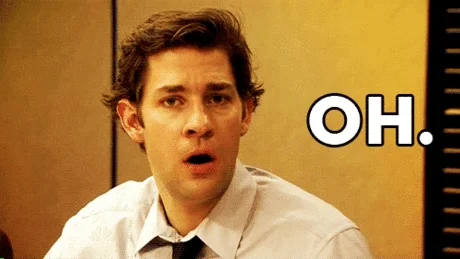
Citing sources in the notes & bibliography system: bibliography
Don't forget to [Tab]/(add a space) if your citation goes to the next line.
Book:
Author last name, first name. Book Title: Subtitle. Edition. Place of publication: Publisher, Year.
Book (more than one author):
Author last name, first name., and Author first name, last name. Book Title: Subtitle. Edition. Place of publication: Publisher, Year.
Journal article:
Author last name, first name. “Article Title.” Journal Name Volume, no. Issue (Month Year): Page range. DOI/URL.
Website/Magazine/Blogs:
Author last name, first name. “Page Title.” Website Name. Month Day, Year. URL.
Website (with no author):
Organization Name. “Page Title.” Website Name. Month Day, Year. URL.
Videos:
Author Last name, first name. "Title of video." Date filmed or date posted. Sponsoring body, length of video. URL.
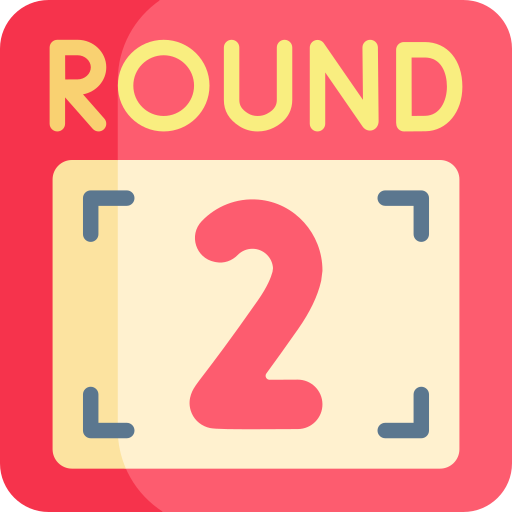
Citing sources in the author-date system: reference list
You also [Tab]/(add a space) if your citation goes to the next line, too.
Book:
Author last name, first name. Year. Book Title. Edition. Place of publication: Publisher.
Book (more than one author):
Author last name, first name., and Author first name, last name. Year. Place of publication: Publisher.
Journal article:
Author last name, first name. Year. “Article Title.” Journal Name Volume, Issue number (Publication date): Page range. DOI or URL.
Website/Magazine/Blogs:
Author last name, first name. Year. “Page Title.” Website Name. Access/revision date. URL.
Website (with no author):
Organization Name. Year. “Page Title.” Website Name. Access/revision date. URL.
Videos:
Author last name, first name. Date filmed or date posted. "Title of Video." Name of Website. Duration of Video. URL.
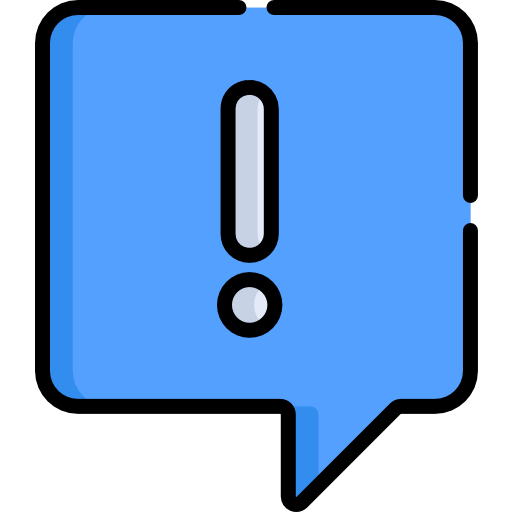
For more examples of how to reference different sources in both Chicago style citations systems, in-text, or in the notes, check out the Chicago Manual of Style Online or Scribbr.
Using online citation generators or AI
As you search online, you'll probably come across citation generators such as mybib, citation machine, and AI tools like ChatGPT. While these sites make things easier, used them with caution. These tools can easily make mistakes!

Always double-check and make sure the works are cited in the correct Chicago style citations system!
Take Action
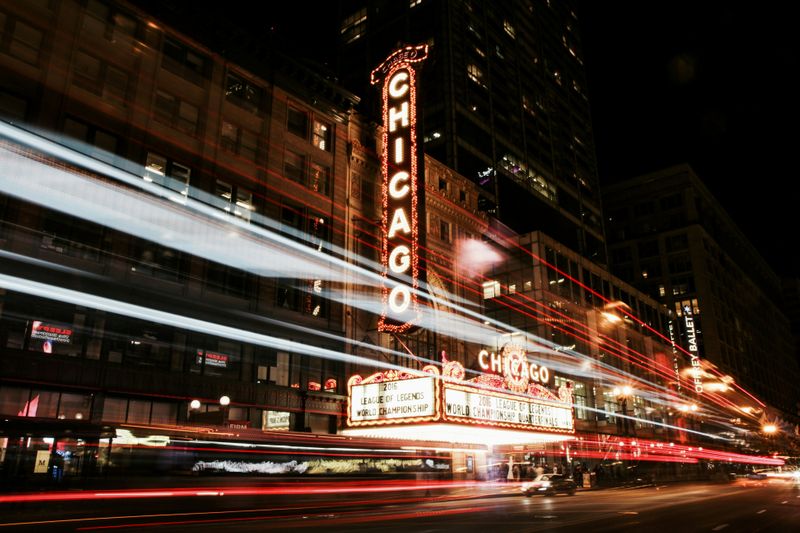 Photo by Neal Kharawala on Unsplash
Photo by Neal Kharawala on UnsplashGet some practice with Chicago style citations:
This Byte has been authored by
Mary Baker
Occupational Therapist
OTR